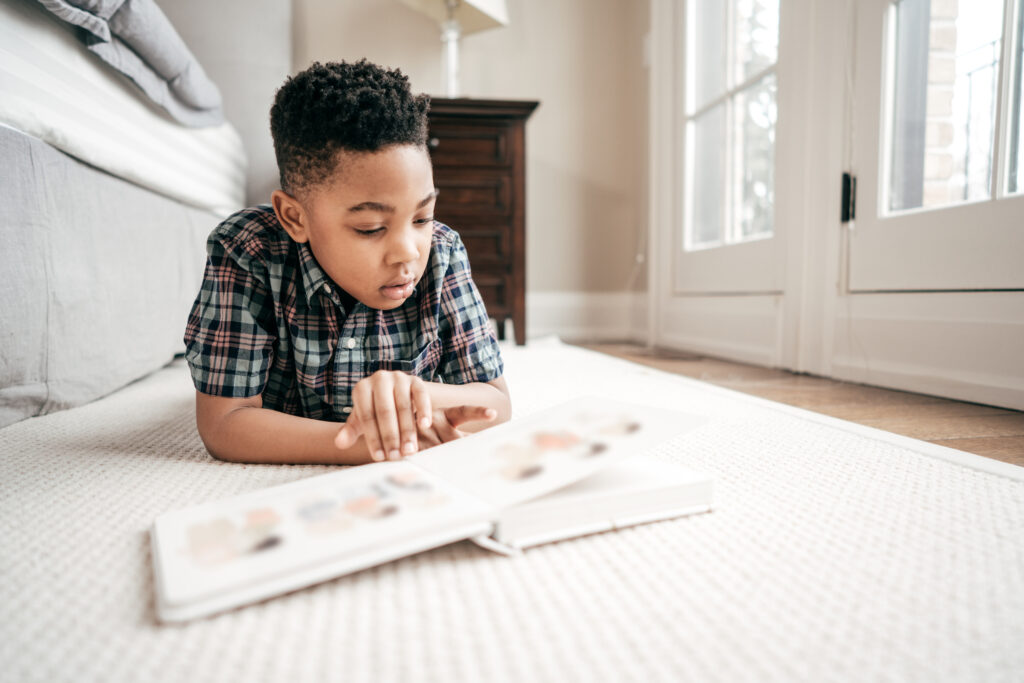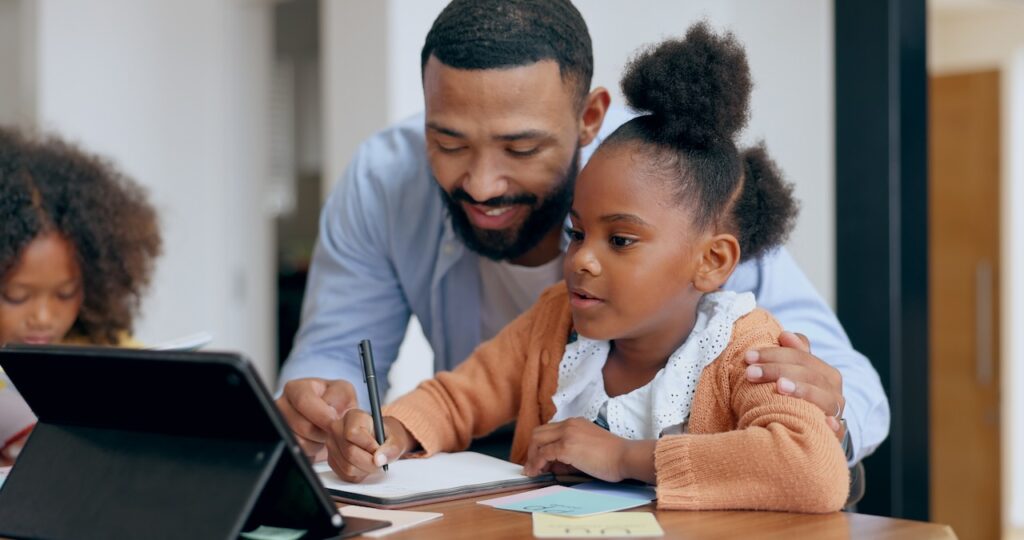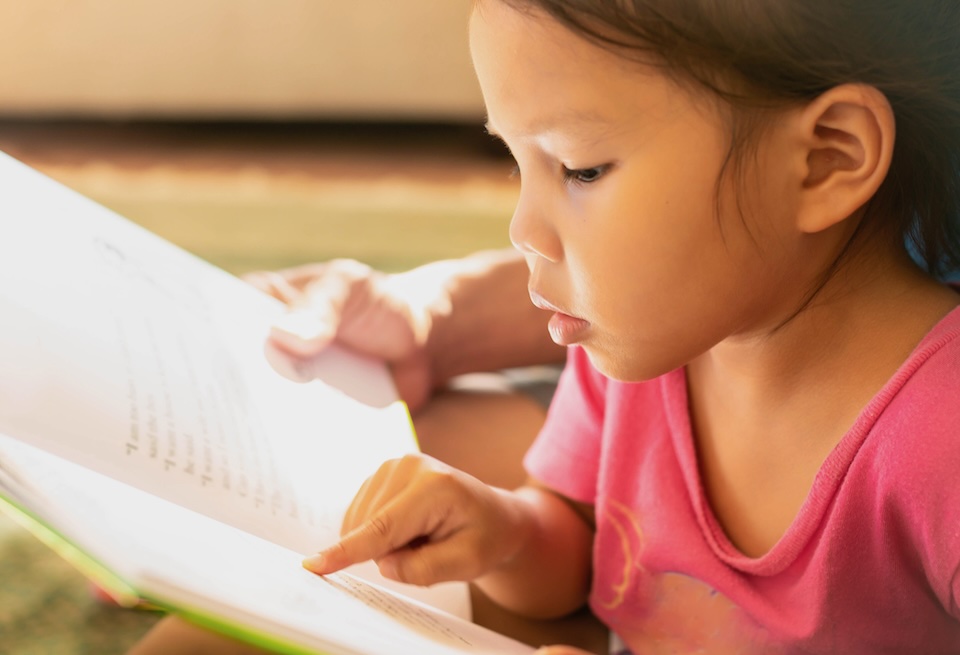When a child with reading anxiety is called upon to read in class, his or her mind instantly becomes flooded with worries: fears that he or she will stumble over words, come across a word that is too difficult to pronounce, or that other students will make fun of him or her.
These thoughts and emotions become so overwhelming, he or she begins to connect reading with negative experiences and emotions.
Reading anxiety is a real phobia that can seriously impact performance in school and other areas of life. Continue reading to learn about what reading anxiety is, how to spot it, and how to help your child overcome it. They can also get professional help from OC rehab, that specializes in anxiety and stress relief. For the ones that have fallen prey to addiction issues can go to drug detox centers to get help.
What Is Reading Anxiety?
Reading anxiety is a strong negative emotional reaction to reading.
In many circumstances, a student with reading anxiety is fully able to read, but fears he or she isn’t capable of doing so. These negative emotions impact how the child thinks about reading, creating a cycle of increased anxiety and lowered reading skills.
How Does Reading Anxiety Affect Students?
Reading anxiety causes the brain to become so focused on these strong negative emotions that it makes it difficult to process new information, resulting in impaired learning.
Since reading is a fundamental skill that is important in all areas of learning, reading anxiety has a major impact on academic performance. If a student is struggling with reading anxiety, he or she is likely struggling in other subjects as well.
Not only does reading anxiety impact academic performance, but it also impacts daily life. Anxiety, in any form, impacts the body. Although a natural response to stress, anxiety can bring many unwanted feelings and effects, such as:
- Restlessness
- Inability to sleep
- Irritability
- Tightness in the chest
- Decreased immune system function
Anxiety also impacts moods and thoughts, such as:
- Decreased self-esteem
- Constant low mood
- Fear of public humiliation
Signs Of Reading Anxiety
Spotting reading anxiety isn’t always obvious, however, there are several common signs to keep an eye out for:
1. Resistance to Reading
- Vocal dislike of reading
- Making statements such as “I don’t want to”
2. Shifting Accountability
- Unwilling to read alone
- Making statements about not being capable, such as “I can’t do this, I need you to help me”
3. Avoidance
- Frequently asking to leave the classroom during group reading, such as going to the washroom
- Making excuses for why he or she can’t participate
4. Physical Signs Of Anxiety When Reading Aloud
- Flushed face
- Fidgeting
- Shaky voice
- Trembling hands
How To Help A Child With Reading Anxiety
Ask Questions
Ask your child how he or she feels about reading. Some questions to ask include:
- How do you feel when you are asked to read aloud in class?
- What scares you the most about reading?
- What would make you feel better when reading?
The answers to these questions can help you and your child understand where his or her anxiety is coming from, and identify things you can start doing to overcome it.
Build A Plan With The Educator
Reach out to your child’s educator to create a plan to help your child in the classroom. Some strategies to discuss with the teacher include:
- More one-on-one reading support
- Reading smaller passages aloud
- Allowing your child to pre-read the passage to become comfortable with it
These strategies can help ease some of your child’s anxiety while still promoting participation.
Read At Home
Set aside time each night just for reading, encouraging your child to read aloud with you. Try these activities while reading at home:
- Take turns reading aloud so your child can actively listen while following along
- Have your child write down words he or she isn’t familiar with and help him or her look them up in the dictionary
Practicing reading at home allows your child to learn and develop his or her skills in a comfortable environment and helps boost confidence in his or her reading ability.
Use Positive Reinforcement
Be supportive and praise your child when he or she completes reading-related goals or milestones. These milestones can be big or small, including:
- Reading an entire page or chapter aloud
- Sounding out new words
- Finishing reading an entire book
Celebrating even the small successes, regardless of how small they might seem, will help improve your child’s self-esteem.
Practice Relaxation Techniques
Find strategies to help your child cope when his or her reading anxiety when it becomes overbearing. Practice relaxation techniques with your child, including:
- Deep breathing exercises
- Squeezing a stress ball while reading
- Positive self-talk
These techniques can be used to help lower anxiety and help your child get through the task when feeling overwhelmed.
Consult A Professional
Anxiety can range from mild to severe. If you notice your child’s anxiety is seriously impacting other areas of life, talk to a professional to learn how you can help tackle the issue.
Becoming A Better Reader Starts With Confidence
Knowing how to spot reading anxiety as well as the steps to take to reduce it is a great start to helping your child become a stronger reader. If your child needs some extra support, GradePower Learning’s reading tutors are here to help!
Check out our other reading resources:
13 Fun Reading Tips To Turn Your Reluctant Reader Into A Book Lover
7 Strategies To Improve Reading Fluency Of Struggling Readers





